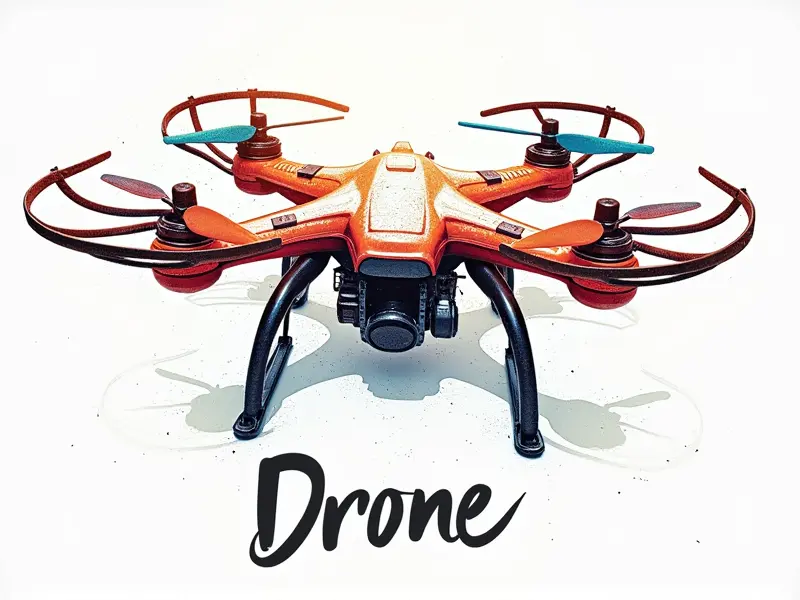Drones for search and rescue

Drones Revolutionize Search and Rescue
The integration of drones into search and rescue (SAR) operations has transformed the way emergency services respond to crises. Drones, or unmanned aerial vehicles (UAVs), offer unparalleled advantages in terms of speed, coverage, and precision, making them indispensable tools for saving lives.
How Drones Save Lives in Emergencies
In emergencies such as natural disasters, accidents, and missing person cases, drones can quickly assess the situation from above. They provide real-time data through high-resolution cameras, thermal imaging, and other advanced sensors, enabling rescuers to make informed decisions swiftly.
Top Drones for Rapid Search and Rescue
Selecting the right drone is crucial for effective SAR operations. Here are some top models known for their performance in emergency scenarios:
- DJI Mavic 3 Pro: Equipped with advanced imaging capabilities, including a high-resolution camera and thermal sensor.
- AirRobot AR110: Designed specifically for SAR missions, offering long flight times and robust construction.
- Flyability Elios 2: Capable of indoor flights with collision detection technology, ideal for confined spaces.
Enhancing SAR Efforts with Drone Technology
Drones enhance SAR efforts by providing a bird's-eye view that is difficult to achieve through traditional methods. They can cover large areas quickly and relay critical information back to the command center in real-time, allowing for immediate action.
Advantages of Drones in Wilderness Rescue Ops
In wilderness rescue operations, drones offer several key advantages:
- Rapid Deployment: Drones can be deployed quickly and reach remote areas without the need for ground transportation.
- Extended Range: With long flight times and advanced battery technology, drones can cover extensive search areas.
- Night Vision Capabilities: Thermal imaging allows rescuers to locate individuals even in low-light conditions.
Precision Search and Rescue with Cutting-Edge Drones
Cutting-edge drone technology includes features like GPS tracking, AI-powered image recognition, and multi-spectral sensors. These advancements enable drones to pinpoint the exact location of missing persons or victims more accurately than ever before.
Innovations in Drone Tech for Swift Rescues
Recent innovations in drone technology are revolutionizing SAR operations:
- Autonomous Flight Paths: Drones can follow pre-programmed routes, optimizing search patterns and reducing human error.
- Real-Time Data Transmission: High-speed data links allow drones to transmit live video feeds directly to the control center.
- Battery Swapping Stations: Automated systems enable quick battery replacements, extending operational time without delays.
Best Practices for Drone-Based SAR Operations
To ensure effective and safe drone-based SAR operations, it is essential to follow best practices:
- Training and Certification: Operators must be trained in both drone operation and emergency response procedures.
- Regulatory Compliance: Adhere to local regulations regarding airspace usage and privacy laws.
- Data Security: Implement robust security measures to protect sensitive data transmitted during operations.
The Role of Drones in Emergency Response
Drones play a vital role in emergency response by providing situational awareness, assessing risks, and guiding rescue teams. Their versatility allows them to be used in various scenarios, from natural disasters to urban search and rescue missions.
Using Drones to Locate Missing Persons Quickly
In cases of missing persons, drones equipped with thermal imaging can locate individuals even when visibility is poor. The ability to cover large areas rapidly makes drones invaluable for these types of searches.
Streamlining Search Operations with UAVs
UAVs streamline search operations by reducing the time required to assess an area and identify potential hazards. They also enable rescuers to focus on critical tasks while receiving real-time updates from above.
Conclusion
The use of drones in search and rescue operations has proven to be a game-changer, offering unparalleled benefits such as speed, precision, and coverage. As technology continues to advance, the role of drones in emergency response will only become more significant, saving countless lives and enhancing overall operational efficiency.

